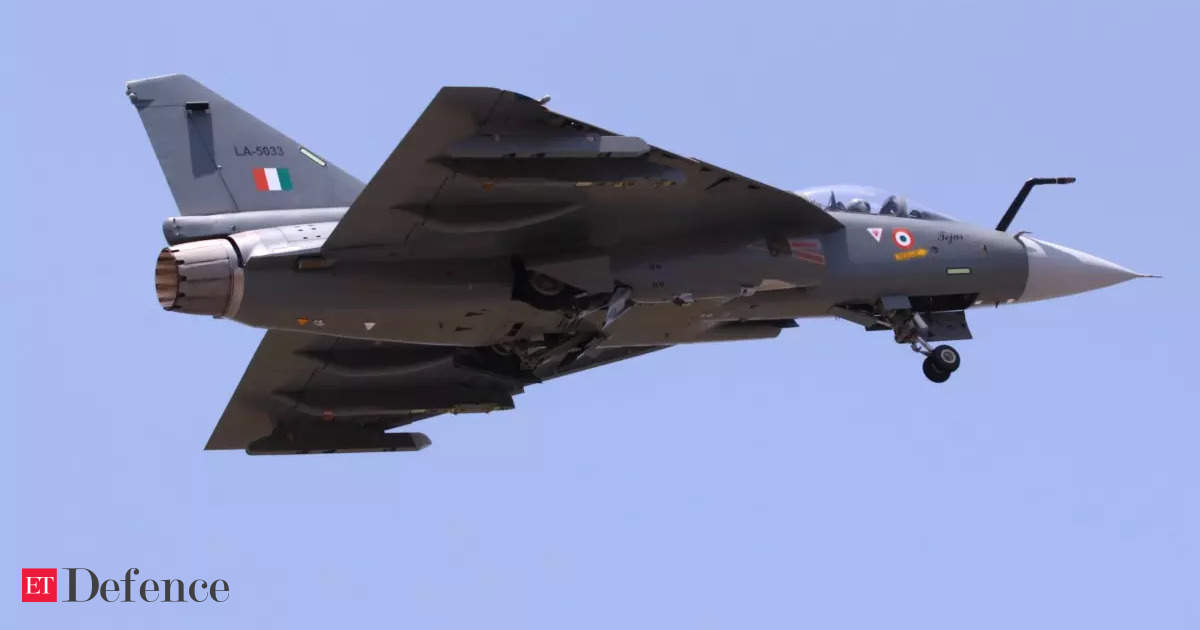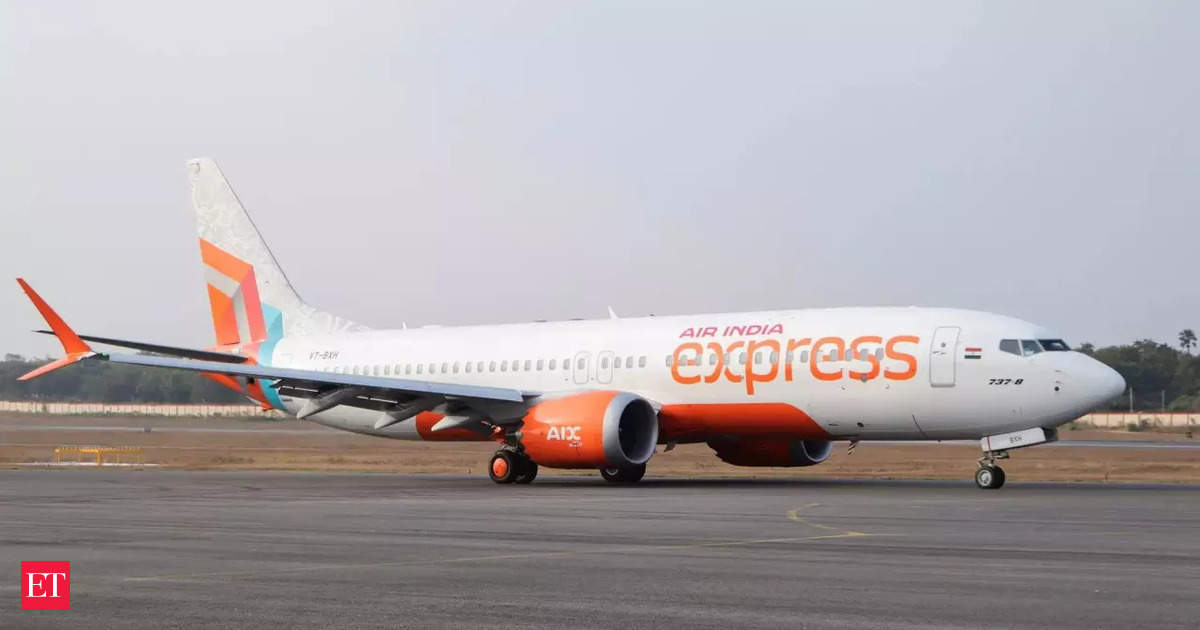The first production series fighter of LCA Tejas Mark-1A, an advanced variant of the LCA Mk-1, has successfully completed its maiden flight in Bengaluru. The Tejas Mk-1A is an improved version of the LCA Mk-1, which is already in service with the Indian Air Force (IAF). The maiden flight lasted 18 minutes and was piloted by Group Capt (retd) KK Venugopal, HAL’s chief test pilot (fixed wing).
The Tejas Mk-1A comes with several enhancements, including digital radar warning receivers, an advanced AESA radar, and beyond-visual-range air-to-air missiles. These upgrades make the Tejas Mk-1A a more capable and modern fighter aircraft.
The development and manufacturing of the Tejas Mk-1A are being carried out by HAL, a defense PSU. HAL has already delivered 32 single-seat LCA fighters and two twin-seat trainers of the initial Tejas Mk-1 order. The contract for the delivery of 83 Tejas Mk-1A jets, worth Rs 46,898 crore, stipulates that the deliveries should take place between March 2024 and February 2028.
The Tejas fighter is a crucial asset for the Indian Air Force as it seeks to increase its operational capabilities and counter the challenges posed by China and Pakistan. The IAF currently has two Tejas squadrons, named the ‘Flying Daggers’ and ‘Flying Bullets’. One of these squadrons is deployed in the southwestern sector, facing Pakistan.
The successful maiden flight of the Tejas Mk-1A and the subsequent deliveries will further strengthen the IAF’s operational capabilities. Prime Minister Narendra Modi has also shown his confidence in the indigenous Tejas fighter by flying in a trainer variant. This highlights India’s commitment to developing its own advanced defense technologies.
In line with the IAF’s plan to make the Tejas its mainstay, the defense acquisition council (DAC) has granted the acceptance of necessity for an additional 97 Tejas Mk-1A aircraft. The procurement of these aircraft is expected to proceed once the final clearance from the cabinet committee on security (CCS) is obtained.
The Tejas fighter has come a long way since its early years, when there was skepticism about its capabilities. It is now being showcased as a flagship platform by India in various defense and aerospace shows around the world. The Tejas is not only a symbol of India’s technological prowess but also a testament to the capabilities of its defense industry.
However, it is worth noting that the IAF reported the first loss of a Tejas Mk-1 fighter aircraft due to an air crash on March 12. Such incidents highlight the need for continuous improvement and safety measures in the development and operation of advanced fighter aircraft.
Overall, the successful maiden flight of the Tejas Mk-1A marks a significant milestone in the development of indigenous defense capabilities. The Tejas fighter is poised to become a pillar of the Indian Air Force, ensuring its readiness and effectiveness in safeguarding India’s interests.











